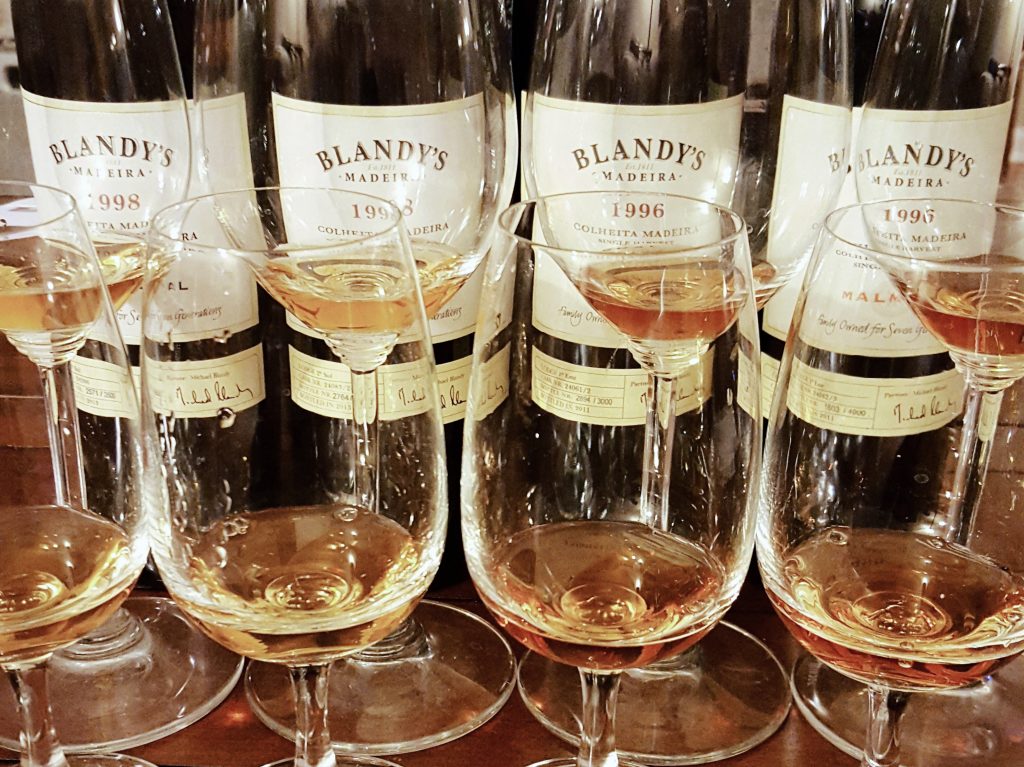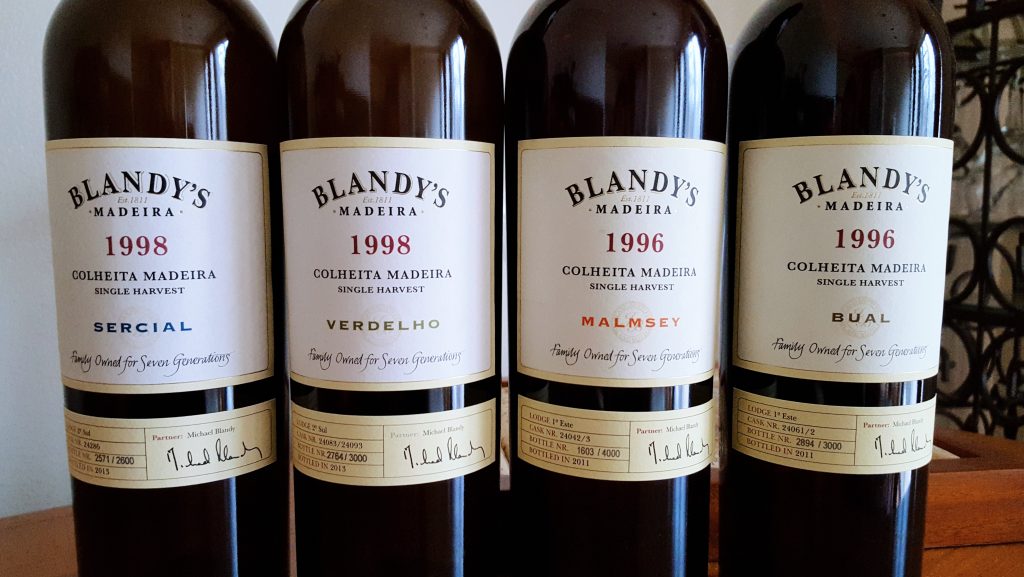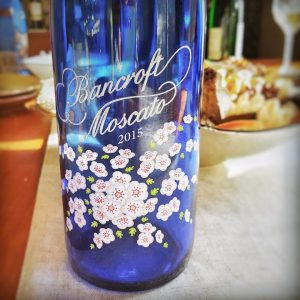
Surprisingly, the signing of the Declaration of Independence is linked to a wine that was used to toast the event. The Oxford Companion of Wine, edited by British wine critic, Jancis Robinson, states that this wine is “probably the world’s most resilient and longest living wine.”
But what is it?
If the wine is still available for purchase, do Americans drink this wine today?
Enter Madeira (muh-dee-ruh): a sweet, high alcohol (17 – 22%) wine named after the Portuguese island from where it is produced, that’s been in production since the 1500’s.
Every 4th of July, I think about Madeira. I’ve even taken the time to celebrate past July 4th holidays with a glass or two because, quite frankly, it’s delicious. It’s this very special wine that always reminds me how tied wine can be with various events in history.
While the wine has fallen out of fashion in the U.S. over time, it was once the most preferred wine consumed in early America. By 1776, British merchants had exclusive rights to bring Madeira to America and trade it for other goods. It was during these years that the future American citizens were consuming over a quarter of the Madeira produced.
So why don’t we consume as much of this wine today?
A long series of misfortune eventually fell upon the island of Madeira including the transfer of two grapevine diseases that decimated vineyards, causing farmers to replant fields with sugar cane. Even after production was restored, the U.S. Prohibition destroyed the import of Madeira wine into the U.S. Post-Prohibition, the wine was somewhat forgotten.
Today, you can find Madeira wine in many “dessert sections” of wine stores. If you love sweet wines, Ports, or Cream Sherries, then Madeira is perfect for you to try!
Madeira is unique in its flavor: ranging from sweet caramel, nutty, candied citrus, and spicy flavors. It originally developed these flavors when the wine was stored in large casks and transported in the hull of ships. This was a common transport process during the 1700’s. During the sea travel across tropical portions of the ocean, the wine transformed into the preferred taste of Madeira wine. Today, however, sea travel is no longer how the wine flavor is transformed. Instead, most of Madeira is now put into large heated rooms or tanks called ‘estufas,’ which provide the characteristic yumminess people love about this wine.
The four wines pictured above are from one of the popular Madeira producers, Blandy’s, that import the wine into the U.S. These four wines picture the “noble grape varieties” associated with traditional Madeira wine. Almost every Madeira wine is sweet to some extent, but the variety name is associated with sweetness. In order from least sweet to most sweet, these four varieties are: Sercial, Verdelho, Bual (or Boal), and Malvasia (or Malmsey). However, less expensive versions of Madeira use alternative grape varieties.
Want to “toast” the 4th of July holiday with a glass of Madeira this year? At the very least, these wines make a nice substitute for dessert at the end of a long, warm summer day. Check out your local wine store or online distributor for Madeira selections. You can usually find these in the “dessert” section or under wines from “Portugal.” While an aged Malmsey provides the richest and sweetest style available to sip, you can also start your Madeira experience with a less expensive blend that will surely dazzle your taste buds.
As I get the “Sip & Swirl Community” Facebook Group up and running, don’t forget to share what you found and sipped!
Until next month, cheers!

Photo by: Denise M. Gardner

Want to share what’s in your glass?
While the monthly Sip & Swirl is intended to be fun, I know many of you have wine questions or would like an outlet to share what wine discoveries you’re making. Plus, in the day and age of many of us social distancing, we can all explore the world of wine together! Enter the Sip & Swirl Community Facebook Group. For everyone that signs up in June and July 2020, you’ll receive an invitation to join our private Facebook group. Do you think someone you know may find this fun as well? Make sure to share the link below to have them subscribe before the end of the July 2020!

A New Hidden Wine Gem
To continue on our July 4th theme, I picked a winery outside of Philadelphia that makes world class wines, Penns Woods Winery. Over the years I have enjoyed a number of wines from Penns Woods Winery. While I LOVE a lot from Penns Woods Winery, these hot summer months put me in the mood for their Rosé or their sweet Moscato (with a beautiful label, shown above). If you’re still in the mood for a red, check out the link below to take you to their entire wine store.

Looking for a summer dish? I’m guilty of making a vinaigrette style pasta salad for years! I love to make a big bowl of this and add to our lunches for a few days until it’s all gone.
Pick your favorite pasta: We usually choose a short pasta noodle like rotini or campanelle.
Select Veggies: Broccoli, Cherry Tomatoes, Peppers (pick your favorite), Carrots, Cucumbers, Red Onion, Freshly Cooked Corn, Celery, Cauliflower.
Meat: Turkey Pepperoni (that’s our favorite!), Pepperoni, or Salami are some common selections.
Cheese: Provolone, Cheddar, or Havarti.
Other Optional Ingredients: Olives (Black, Green, or Greek), Sun Dried Tomatoes, Artichoke Hearts, Pickles, Beans, Sweety Drops Peppers (Petits Poivrons), Hot Peppers, Marinated Mushrooms.
Then, layer in your favorite dressing. We typically choose an Italian vinaigrette when I am time-crunched. Or make your own vinaigrette using a 3 parts oil to 1 part vinegar combination. Add your favorite spices, shake, and pour over the pasta salad.
After all of your heated items have cooled, mix pasta and additional ingredients together.
Keep the pasta salad refrigerated and consume within a week.

